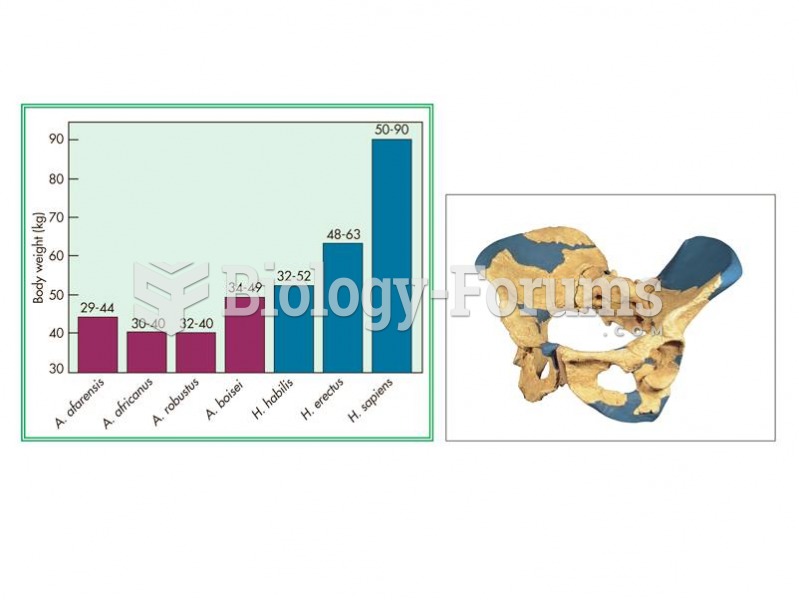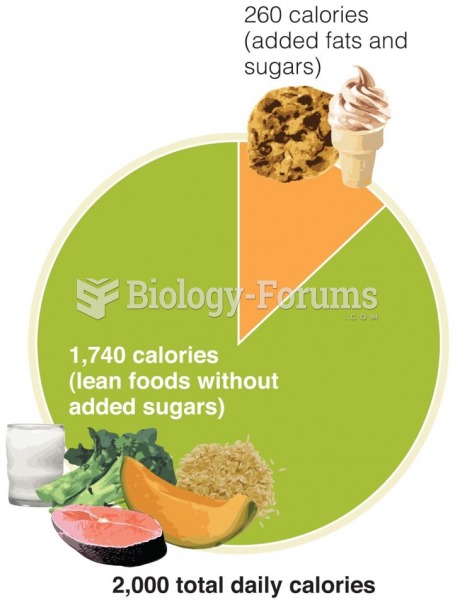Matching
A. maintaining your weight within a healthy range
B. weighing too little for your height; a BMI below 18.5
C. weighing about 10 to 15 pounds more than a healthy weight for your height; specifically, a BMI between 25 and 29.9
D. having an unhealthy amount of body fat; specifically, a BMI greater than 30
E. the fat between your skin and your muscle
F. a range of body weight that reduces your risk of weight-related health problems
G. a calculation of your weight in relationship to your height
H. an excess storage of fat in the abdominal area
I. the fat that surrounds organs in your chest and stomach and above your hips
16. Healthy weight
17. Weight management
18. Body mass index
19. Underweight
20. Obese
21. Overweight
22. Central obesity
23. Visceral fat
24. Subcutaneous fat
Question 2
Matching
A. maintaining your weight within a healthy range
B. weighing too little for your height; a BMI below 18.5
C. weighing about 10 to 15 pounds more than a healthy weight for your height; specifically, a BMI between 25 and 29.9
D. having an unhealthy amount of body fat; specifically, a BMI greater than 30
E. the fat between your skin and your muscle
F. a range of body weight that reduces your risk of weight-related health problems
G. a calculation of your weight in relationship to your height
H. an excess storage of fat in the abdominal area
I. the fat that surrounds organs in your chest and stomach and above your hips
16. Healthy weight
17. Weight management
18. Body mass index
19. Underweight
20. Obese
21. Overweight
22. Central obesity
23. Visceral fat
24. Subcutaneous fat







